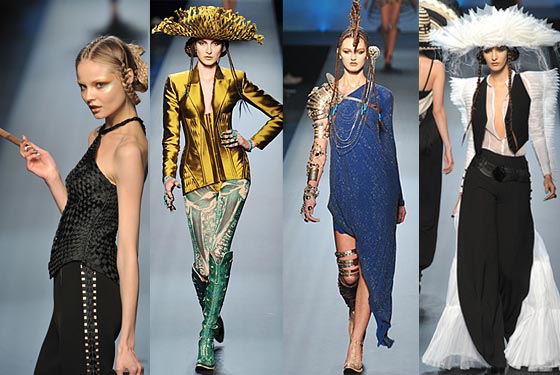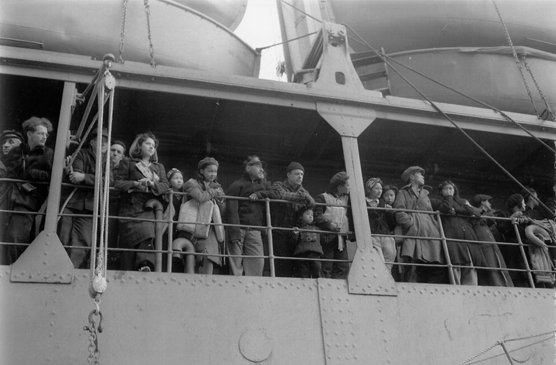Naturally, I had something to say about that. The debates are too tedious to repost, but you can see my comments below. Go to the original postings to see what I was talking about.
Year of Cool Comic Book Moments–Day 193
Two Indians beating on each other...a typical SCALPED comic.
Why would a Lakota in South Dakota care whether someone from Oklahoma was 1/16 or 15/16 Kickapoo? Either way, the Kickapoo is an outsider from another part of the country. I doubt Diesel would fit into a "foreign" tribe any better than Jason Aaron or I would.
Actually, several Natives have expressed outrage over SCALPED's stereotypical portrayals. Others like the comic because it presents the harsh realities of (some of) today's reservations, even if it grossly exaggerates the problems.
Some Natives also root for the Washington Redskins and Cleveland Indians because they like to see "their" names in the win column. Some Natives don't think much about how stereotyping affects their people.
Re "If it was saying 'this is a story about Native Americans and all Native Americans are like this' then there’d be justified outrage": The outrage is justified because Aaron has said he's researched Indians and wants people to learn from SCALPED. In other words, he's positioned his work at an authentic look at Indian life today. If Aaron had said his stories bear little relationship to reality, he'd be right, but he hasn't said that.
See SCALPED: Another Comic Book Gets Indians Wrong for more on the Native stereotypes in SCALPED.
Year of Cool Comic Book Moments–Day 194
I wonder if the Kickapoo membership thing has any basis in reality. Or if it's another "literary device" that makes Indians look corrupt and venal.
There were no large-scale Indian casinos 26 years ago, so no membership battles over casino payments. That much is certainly false.
Year of Cool Comic Book Moments–Day 195
When Aaron isn't stereotyping Indians as criminals, thugs, and lowlifes, he's a good writer. Clearly he has a fair understanding of what life on a poor reservation is like.
But the "No more chiefs, braves, bucks, skins, 'breeds, squaws" line doesn't ring true. Poor Bear would encounter more offensive stereotypes off the rez than he'd encounter on it.
A Year of Cool Comic Book Moments--Day 196
A Year of Cool Comic Book Moments--Day 197
I wonder how many of SCALPED's Indians aren't killers, criminals, or drug users. A minority, I suspect.
A Year of Cool Comic Book Moments--Day 198
Uh, Indian casinos are regulated by federal and state agencies, you know. I'm pretty sure these agencies check a casino's investors before letting them proceed. There's also the tribe's elected council, which has to oversee and approve any investment deal. And of course the media, which investigates any deal that looks shady.
But hey...all this regulatory stuff is boring. That's undoubtedly why Aaron didn't include it in his stories. It's a lot more cool to show a badass Indian boss making a backroom deal with Hmong gangsters.
Who cares if it makes Indians look corrupt and venal? They're all a bunch of animals wallowing in their own filth and squalor, right? They're lucky we let 'em continue living in our great country, the good ol' US of A.
That's my take on Aaron's take on Indians.
P.S. It's Red Crow, not Bad Crow.
A Year of Cool Comic Book Moments--Day 199
The pouch may be a medicine bundle containing sacred objects. If so, you're not supposed to show the objects to outsiders, so Aaron wisely didn't depict them.
I haven't read every SCALPED, so I must've missed the issues where Red Crow was spiritual, respectful of his elders, and a benevolent politician. But I didn't miss the scene in #1 where he literally scalped someone.
Thousands of tribal leaders could make the same speech as Red Crow. The main difference is that 99.9% of them aren't murderers. Aaron is literally portraying the most extreme tribal leader ever. He may not be pure evil, but he's more evil than any real tribal leader.
I'm looking forward to Aaron's next comic on a US president who stays in office by being a mass murderer. Should be a lot of fun--just like The Sopranos! Meanwhile, I hope Brian Cronin gets to some "cool moments" in Amos 'n' Andy Comics or Stepin Fetchit Comics. Just because they're stereotypical doesn't mean they're bad!
Can I help it if I know more about Natives than the typical SCALPED reader (or writer), Greg? Sorry to interrupt everyone's fantasies about savage Indians with honest information.
Let's wrap this up by seeing what Native people think about stereotypes such as SCALPED's:
The Harm of Native Stereotyping: Facts and Evidence
[As part of a quiz on Indians, moderator Jean Gaddy Wilson] asked participants to write down two positive traits of Indians and two negative traits. Among the positive traits were such things as resourceful, traditional, helpful, knowledgeable of the natural world, survival, spiritual and bravery. Under negatives, responses included words such as alcoholic, lazy, mean, dirty, savages, dishonest, raiders and murderers.
Wilson asked participants where they got their first view of Indians or Native Americans, with the common answer being television and/or movies.
No one illustration is enough to create stereotypes in children's minds. But enough books contain these images—and the general culture reinforces them—so that there is a cumulative effect, encouraging false and negative perceptions about Native Americans.
Beginning with Wild West shows and continuing with contemporary movies, television, and literature, the image of Indigenous Peoples has radically shifted from any reference to living people to a field of urban fantasy in which wish fulfillment replaces reality.
I have committed my life to dealing with harmful and negative stereotypes and educating students on my reservation of their culture, traditions, ceremonies and spirituality. As Native people, we experience layer upon layer of stereotypes and images that dehumanize. Eurocentric curriculum and children's literature reinforce stereotypes of the "vanishing Indian," "romantic Indian," "militant Indian" or "drunken Indian." I have seen firsthand how these images, along with poverty or low socioeconomic status, generational trauma and other issues of reservation life contribute to low self-esteem in Native students.
Almost every Indian person I know of has been horribly impacted by the imposition of the all-pervasive "categorical" stereotypical classification upon their basic sense of humanity--so much so that I feel quite safe in declaring that all Indian people suffer a unique form of self-esteem deficiency based solely on the widespread mayhem that Indian stereotypes have caused us since before the Boston Tea Party.
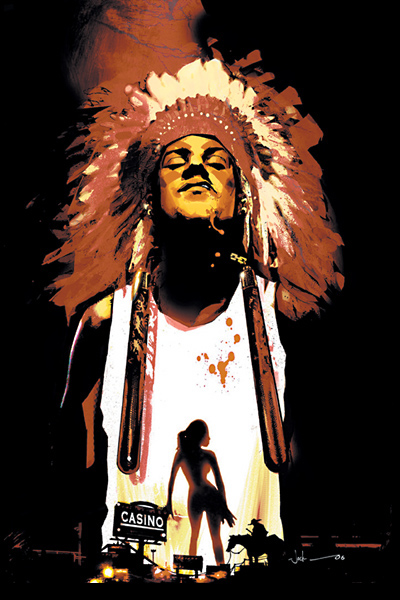







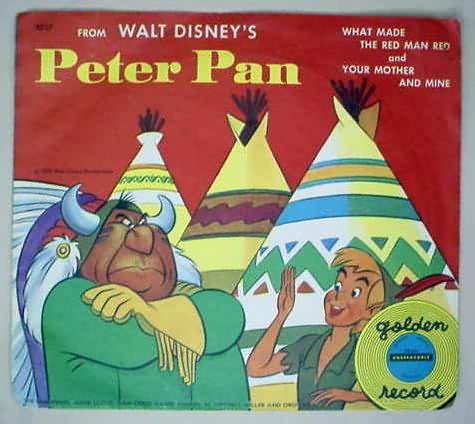



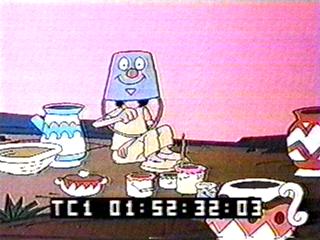
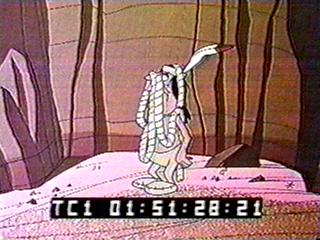
_screenshot.png)





